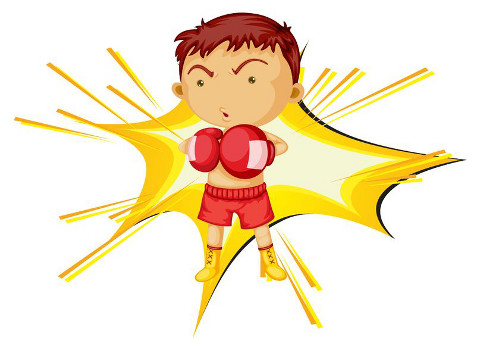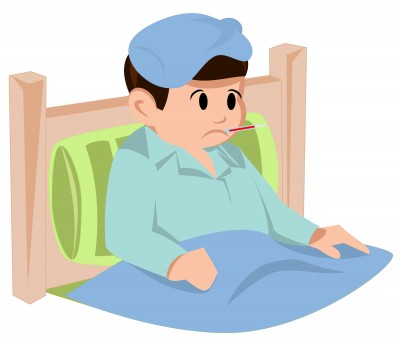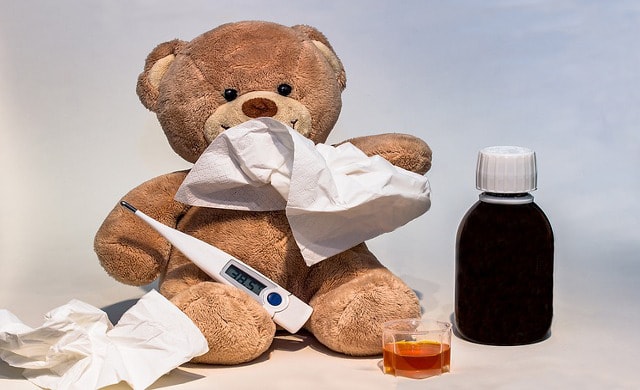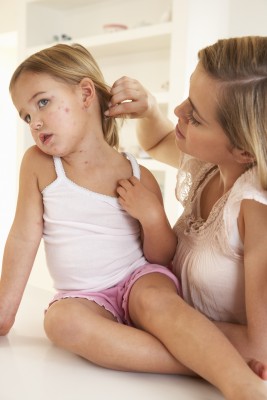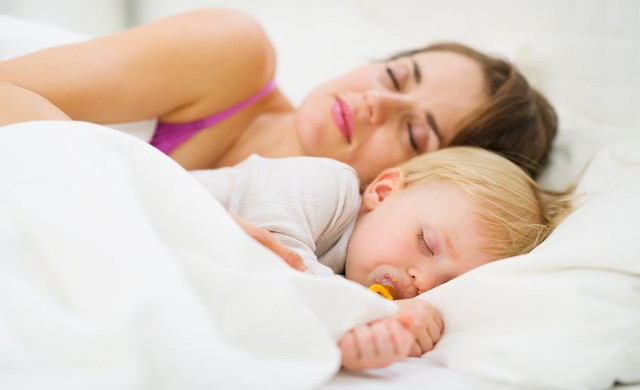Meningitis affects as many as 1.7 million people each year globally. In high-income countries, bacterial meningitis is one of the top ten causes of death in children younger than 14 years. Overall, about 50% of bacterial meningitis cases occur in children under 5 years old, with a second disease peak in adolescents and young adults between 15-24 years of age. Even with prompt diagnosis and treatment, up to 20% or more sustain permanent damage and disability.
We asked renowned infectious disease expert Dr. Lulu Bravo on the symptoms and burden of meningitis, especially amongst children. Dr. Lulu Bravo is the Professor of Pediatric Infectious and Tropical Diseases and ex-member of the WHO Technical Steering Committee of the Child and Adolescent Health Department.
At what age can babies or toddlers be infected with Meningitis?

Meningitis can affect anyone, regardless of age – with infants, adolescents and young adults at greatest risk. According to a study done in the U.S., the peak infant age group at risk of bacterial meningitis – a common form of meningitis – is six to 12 months. Overall, as seen in a global study, about 50% of bacterial meningitis cases occur in children under five years old, with a second disease peak in adolescents and young adults between 15-24 years of age. [1][2]
Who are the people susceptible to Meningitis?
Meningitis can affect anyone regardless of age, with infants, adolescents and young adults at greatest risk. Healthy people can carry the bacteria that cause meningitis in their nose or throat with no signs or symptoms of the disease; this is called being ‘a carrier’. In such cases, bacteria can invade the body when there are other risk factors such as a weak immune system or trauma.
⇒ Related Read: Boost Your Child’s Immune System
According to a study done in the U.S., the peak infant age group at risk of bacterial meningitis is six to 12 months. Overall, as seen in a global study, about 50% of bacterial meningitis cases occur in children under 5 years old, with a second disease peak in adolescents and young adults between 15-24 years of age.[1][2]
In high-income countries, bacterial meningitis is one of the top ten causes of death in children younger than 14 years. [3] Meningococcal meningitis is a bacterial form of meningitis that can cause severe brain damage and is fatal in 50% of cases, if untreated.
It is important to note that even with prompt diagnosis and treatment, approximately 10% of patients die and up to 20% or more sustain permanent damage and disability. [4][5]
What are the symptoms Meningitis in babies / toddlers / children and adolescents and adults?
Common symptoms of meningitis in babies include:
- Fever
- Irritability
- Poor eating
- Sleepiness or trouble waking up from sleep
- Lethargy (a lack of energy)
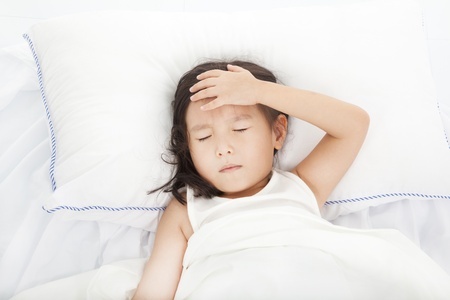
Common symptoms of meningitis in adults include:
- Fever
- Headache
- Stiff neck
- Sensitivity to bright light
- Sleepiness or trouble waking up from sleep
- Nausea
- Vomiting
- Lack of appetite
- Lethargy (a lack of energy)
Bacterial meningitis – the most severe and common form of meningitis – affects more than 1.2 million people and causes 170,000 deaths globally every year. [6]
Invasive meningococcal meningitis, caused by the bacterium Neisseria meningitides, can develop quickly over a matter of hours. It is not easily recognized in its early stages and its symptoms can be similar to that of the common flu. It is important to note that even with prompt diagnosis and treatment, approximately 10% of patients die and up to 20% or more sustain permanent damage and disability. [1][2]
Infants and children experience almost the same symptoms as adolescents and adults. The main difference lies in the type of microorganisms and bacteria that causes meningitis in each age group. Meningitis that affects infants and children is usually caused by Streptococcus pneumoniae and Hemophilus influenza while meningitis in adolescents and adults is usually caused by the bacteria meningococcus.
This article is contributed by Professor Lulu C. Bravo, Pediatric Infectious and Tropical Diseases, University of the Philippines Manila, Philippines.
Footnotes:
[1] Brouwer MC, Tunkel AR, van de Beek D. Epidemiology, diagnosis and antimicrobial treatment of acute bacterial meningitis. Clin Microbiol Reviews 2010;23:467-92
[2] Edwards K, Clark A, Korczak VS, et al. Global and regional risk of sequelae from bacterial meningitis: a systematic review and meta-analysis. Lancet Infect Dis 2010;10:317-28
[3] McIntyre PB, O’Brien KL, Greenwood B, van de Beek D 2012, ‘Effect of vaccines on bacterial meningitis worldwide’, The Lancet, vol. 380, pp. 1703-11
[4] Edwards K, Clark A, Korczak VS, et al. Global and regional risk of sequelae from bacterial meningitis: a systematic review and meta-analysis. Lancet Infect Dis 2010;10:317-28.
[5] Brouwer MC, Tunkel AR, van de Beek D. Epidemiology, diagnosis and antimicrobial treatment of acute bacterial meningitis. Clin Microbiol Reviews 2010;23:467-92
[6] World Health Organisation 2012, Bacterial meningitis. http://apps.who.int/nuvi/meningitis/en/index.html
If you find this article useful, do click Like and Share at the bottom of the post, thank you.
Like what you see here? Get parenting tips and stories straight to your inbox! Join our mailing list here.





































